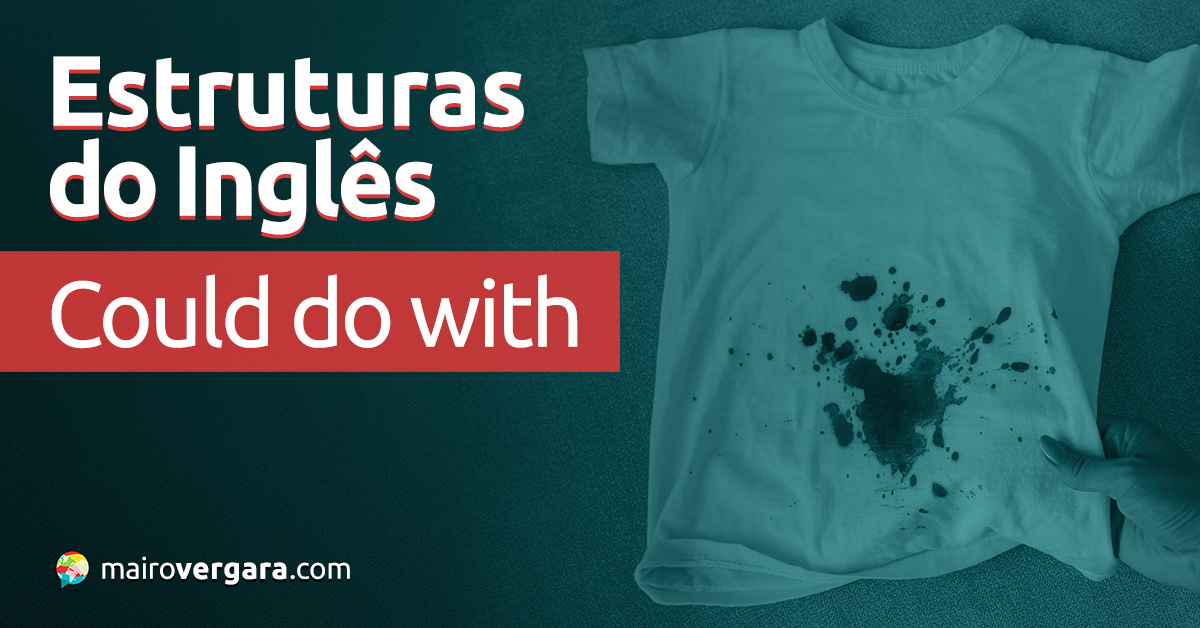ÁUDIO DO TEXTO
TEXTO EM COLUNAS
| I need help again | Eu preciso de ajuda de novo (tradução) |
| Ben, I’m at the supermarket and I forgot the shopping list again! Please help me! Is there any sugar in the kitchen? Is there any flour? Is there any bread? Is there any rice? Is there any chocolate? Is there any cereal? Now, please, go to the bathroom and tell me: Is there any soap? Is there any shampoo? Is there any toothpaste? Is there any dental floss? Thank you so much – again! | Ben, estou no supermercado e esqueci a lista de compras de novo! Por favor me ajude! Tem açúcar na cozinha? Tem farinha? Tem pão? Tem arroz? Tem chocolate? Tem cereal? Agora, por favor, vá ao banheiro e me diga: tem sabonete? Tem xampu? Tem pasta de dente? Tem fio dental? Muito obrigado – novamente! |
TEXTO LINHA A LINHA
Ben, I’m at the supermarket
Ben, estou no supermercado
and I forgot the shopping list again!
e esqueci a lista de compras de novo!
Please help me!
Por favor, me ajude!
Is there any sugar in the kitchen?
Tem açúcar na cozinha?
Nota: “sugar” é o que chamamos de uma palavra incontável em inglês. Para perguntar se tem açúcar, precisamos da estrutura “Is there any”. Esse é o foco deste texto.
Is there any flour?
Tem farinha?
Is there any bread?
Tem pão?
Is there any rice?
Tem arroz?
Is there any chocolate?
Tem chocolate?
Is there any cereal?
Tem cereal?
Now, please, go to the bathroom and tell me:
Agora, por favor, vá ao banheiro e me diga:
Is there any soap?
Tem sabonete?
Is there any shampoo?
Tem xampu?
Is there any toothpaste?
Tem pasta de dente?
Is there any dental floss?
Tem fio dental?
Thank you so much – again!
Muito obrigada – novamente!
FOCO DO TEXTO
O foco do texto é a estrutura IS THERE ANY + PALAVRA INCONTÁVEL.
NOTAS EXPANDIDAS
1 – Para perguntarmos se tem/há/existe alguma coisa, e estamos usando uma palavra que, em inglês, é considerada incontável, usamos a estrutura IS THERE ANY.
Vamos ver mais alguns exemplos:
| I want to make a pizza. Is there any cheese in the fridge? | Eu quero fazer uma pizza. Tem queijo na geladeira? |
| Is there any money in your wallet? | Tem dinheiro na sua carteira? |
| Is there any coffee in the coffee pot? | Tem café no bule? |
| Is there any water in the bottle? | Tem água na garrafa? |
| Is there any furniture in the house? | Tem mobília na casa? |
| Is there any rice in the pot? | Tem arroz na panela? |
| Is there any information? | Tem informação? |
| Is there any homework? | Tem algum dever de casa? |
2 – Vamos focar novamente na questão das palavras contáveis e incontáveis. É fácil ver que algumas coisas são incontáveis, como líquidos. Assim, water, juice, coffee, milk, beer e wine (água, suco, café, leite, cerveja e vinho) são todas palavras incontáveis. Conseguimos contar apenas litros, garrafas, copos, xícaras etc.
Entretanto, há palavras que podemos contar em português – mas não em inglês. Information (informação) e advice (conselho), por exemplo. Sendo assim, como saber se uma palavra é contável ou incontável?
Se você está na dúvida, o ideal é consultar um dicionário. Há muitos bons dicionários de inglês disponíveis gratuitamente online, e eles geralmente indicam se uma palavra é contável ou incontável. E, com o tempo, a gente também acaba se acostumando. Quanto mais você ouvir áudios em inglês, por exemplo, mais isso vai ficar gravado na sua mente.
Vamos ver alguns exemplos de termos contáveis e incontáveis.
| INCONTÁVEL | |
| water | água |
| CONTÁVEL | |
| glass of water | copo de água |
| liter of water | litro de água |
| bottle of water | garrafa de água |
| INCONTÁVEL | |
| coffee | café |
| CONTÁVEL | |
| cup of coffee | xícara de café |
| INCONTÁVEL | |
| bread | pão |
| CONTÁVEL | |
| loaf of bread | pão (um pão inteiro, que foi modelado e assado como uma unidade, tipo pão francês ou baguete) |
| slice of bread | fatia de pão |
| INCONTÁVEL | |
| sugar | açúcar |



















